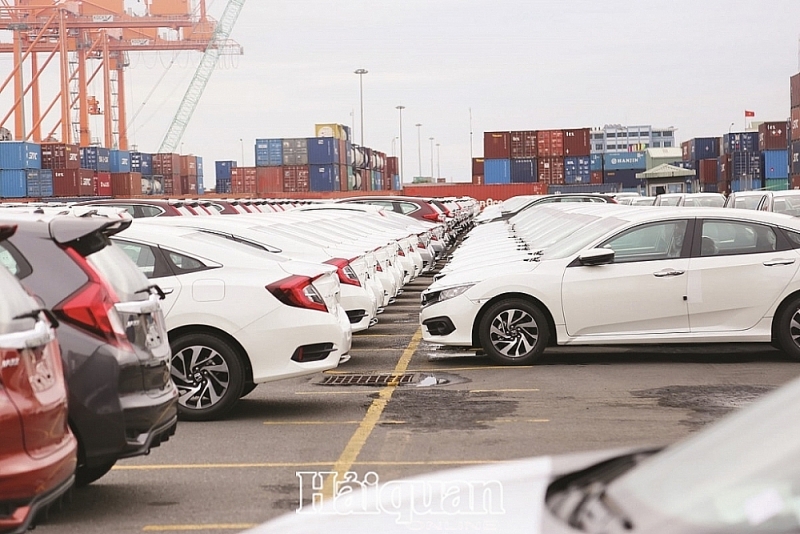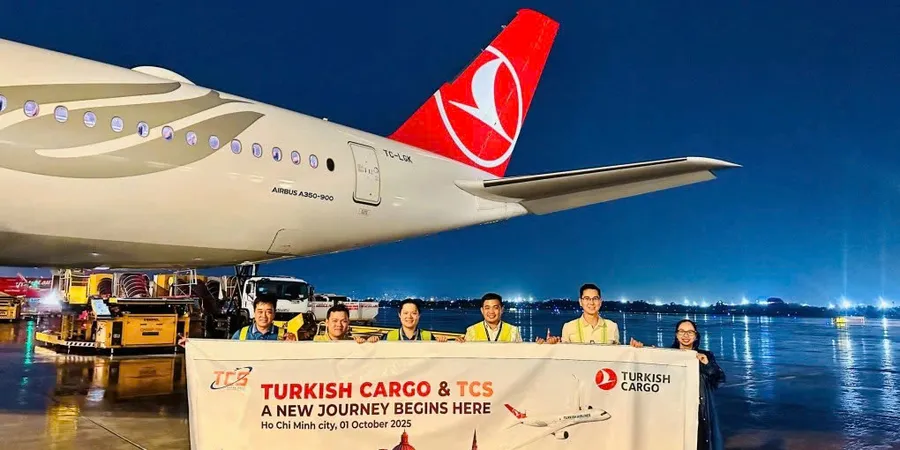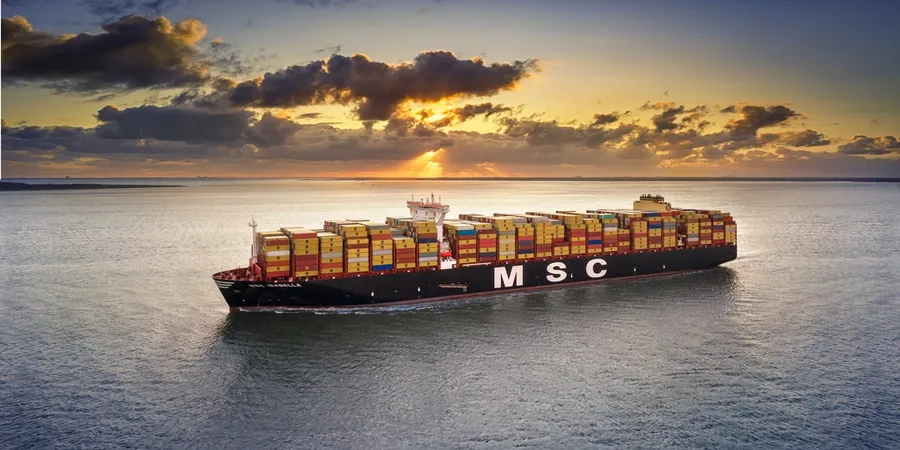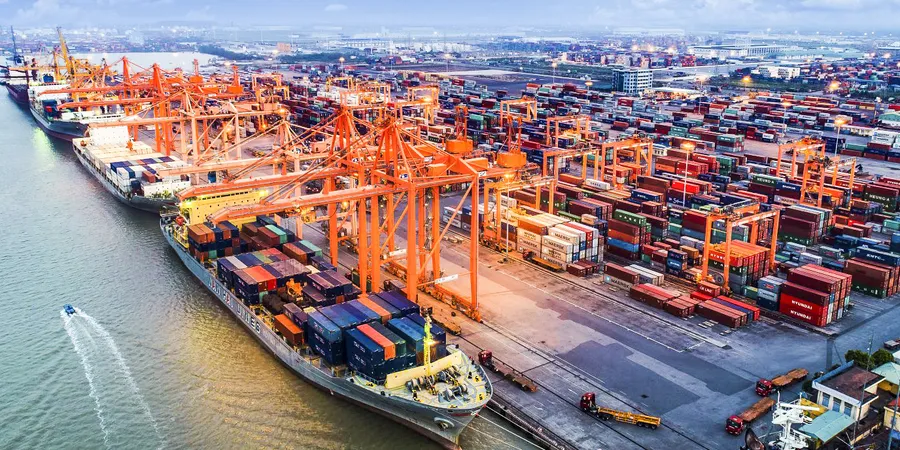PROCEDURES FOR IMPORT AND TRANSFER OF CARS AND MOTORBIKES SUBJECT TO PRIVILEGES AND IMMUNITIES
Circular 27/2021/TT-BTC amending Circular 19/2014/TT-BTC has many new contents related to the regulations on procedures for temporary import, re-export and destruction, transfer of cars, two-wheeled motorcycles of subjects entitled to privileges and immunities in Vietnam. The Ministry of Finance has announced five administrative procedures to be amended and supplemented and the implementation process has also been guided.
Imported cars. Photo: Ha Phuong
There are two administrative procedures at the provincial/municipal Customs Department level.
Regarding procedures for granting temporary import licenses for cars and motorcycles of subjects entitled to privileges and immunities, the following procedures will be followed:
Step 1: Subjects entitled to privileges and immunities prepare dossiers.
Step 2: The Customs authority receives and checks the dossier.
Step 3: The Customs authority issues a temporary import license of the vehicle according to Appendix II issued with Circular No. 27/2021/TT-BTC, handing two copies to the vehicle owner, transferring one copy to the General Department of Customs and keeping one copy.
Step 4: The Customs authority updates information on the temporary import license into the system and stores documents according to regulations
For the procedure for granting a license to transfer cars of subjects entitled to privileges and immunities, the sequence is carried out in four steps.
Step 1: Subjects entitled to privileges and immunities in Vietnam prepare dossiers.
Step 2: The Customs authority receives and checks the dossier
Step 3: The Customs authority issues a vehicle transfer license according to Appendix V attached to Circular No. 27/2021/TT-BTC and hands two copies to the applicant for the transfer license so the subject can enjoy preferential and exemption rights in Vietnam, stores one copy; transfers one copy to the General Department of Customs for reporting and gives one copy to the transferee to carry out the transfer procedures.
Step 4: The Customs authority updates the transfer license information on the system and stores documents according to regulations.
Regarding administrative procedures at the Customs Sub-Department level, there are three procedures including:
Procedures for temporary import of cars and motorcycles of subjects entitled to privileges and immunities, and order of implementation include:
Step 1: Subjects entitled to privileges and immunities prepare and submit a dossier.
Step 2: The Customs Sub-Department that carries out procedures for temporary import is responsible for checking and comparing the information on the temporary import license and customs dossiers with the actual goods.
In case the goods are actually imported different from contents stated in the temporary import license, the Customs Sub-Department where the procedures for temporary import carried out will send a written request to the provincial Customs Department where the temporary import license is issued (enclosed with documents). The Customs Department where the temporary import license is issued shall base itself on the written request of the Customs Sub-Department where the temporary import procedures are carried out and documents to consider adjusting the content of the temporary import license, write the adjusted content on the reverse side of the temporary import license.
The Sub-Department of Customs that carries out procedures for temporary import will only grant customs clearance for temporarily imported vehicles when there is a certificate of technical safety quality and environmental protection for imported motor vehicles (for cars), a certificate of technical safety quality and environmental protection for imported cars and motorbikes granted by quality inspection agencies and customs procedures are completed as prescribed.
Step 3: At the end of customs clearance procedures, the head of the Customs Sub-Department where procedures for temporary import are carried out confirms the results of the procedures for temporary import of cars and motorcycles into two copies of the temporary import license and returns one copy to the customs declarant.
In case of paper customs procedures, the Customs Sub-Department where temporary import procedures are carried out certifies customs clearance on three customs declarations, and at the same time stamps “used for re-export or transfer or destruction of vehicles in accordance with legal regulations” into one declaration; returns one copy with customs clearance confirmation and 1 copy stamped “for re-export or transfer or destruction of the vehicle in accordance with legal regulations” to the customs declarant, stores one copy of the declaration. The Sub-Department of Customs where the procedures for temporary import are carried out shall send a copy of the original declaration of imported goods (with clearance confirmation) to the provincial Customs Department where the temporary import license is issued for monitoring, managing and transmitting information about declarations to the General Department of Customs for centralised information management; failing to issue origin declarations for temporarily imported cars and motorbikes;
In case of carrying out electronic customs procedures but not sharing data between the Police and Customs authority as prescribed in Clause 9 Article 25 of Decree No. 08/2015/ND-CP, the Customs Sub-Department where procedures for temporary import are carried out will certify the customs clearance on the imported goods declaration form printed from the system and return it to the customs declarant to carry out the procedures for registration of vehicle circulation at the Police office.
For re-exporting cars and motorcycles of subjects entitled to privileges and immunities, the procedure consists of three steps.
Step 1: Those entitled to privileges and immunities in Vietnam shall submit dossiers as prescribed at the border-gate Customs Sub-Department (the Customs Sub-Department where re-export procedures are carried out).
Step 2: Based on the vehicle re-export dossier and imported goods declaration information (temporary import declaration number), the Customs Sub-Department where the re-export procedures are carried out shall carry out procedures for re-exporting the vehicle, according to current regulations for export goods.
Step 3: At the end of re-export procedures, the Customs Sub-Department where the vehicle re-export procedures are carried out will notify in writing that customs procedures have been completed and send a copy of the vehicle export declaration to the provincial Customs department where the temporary import license for cars/motorcycles is issued to liquidate the temporary import license and stores dossiers as prescribed.
For car transfer procedures of subjects entitled to privileges and exemptions, the procedure consists of 4 steps.
Step 1: Vehicle transferees make declarations according to the information criteria in Form No. 01-Declaration of imported goods issued together with Circular No. 39/2018/TT-BTC. If the customs declaration is made on paper, the declaration will be made according to the form prescribed in Clause 12, Article 1 of Decree No. 59/2018/ND-CP amending a number of articles of Decree No. 08/2015/ND-CP, the customs declarant declares and submits two originals of the customs declaration according to the form HQ/2015/NK Appendix IV issued with Circular No. 38/2015/TT-BTC.
Step 2: The provincial Customs Sub-Department will base itself on the transfer dossier as prescribed and compare it with the actual car to carry out the transfer procedures (including tax calculation and tax collection, except for cases that car buyers are subject to temporary import or duty-free import of cars according to the provisions of law).
Step 3: Return the tax receipt (in case the Customs office collects it in cash) to the subject carrying out the transfer procedures or the person authorised to carry out the procedures for car transfer in accordance with the law to carry out vehicle registration procedures; or collects a photocopy of the payment paper to the State budget in cash or a check via the State Treasury (certified by the State Treasury that has received the money) or a letter of authorisation for payment through the bank from the subject carrying out the procedures for transferring cars or the person authorised to carry out the vehicle transfer procedures in accordance with the law.
Step 4: In case of carrying out paper customs procedures to transfer cars, after completing the customs procedures, the Customs Sub-Department will return an original of the imported goods declaration to the customs declarant.
In case of carrying out electronic customs procedures but not sharing data between Police and the Customs authority in Clause 9 Article 25 of Decree No. 08/2015/ND-CP, the unit implements the customs clearance confirmation on the imported goods declaration printed from the system and return it to the customs declarant to carry out procedures for vehicle registration at the Police office.
Source: Customs News





